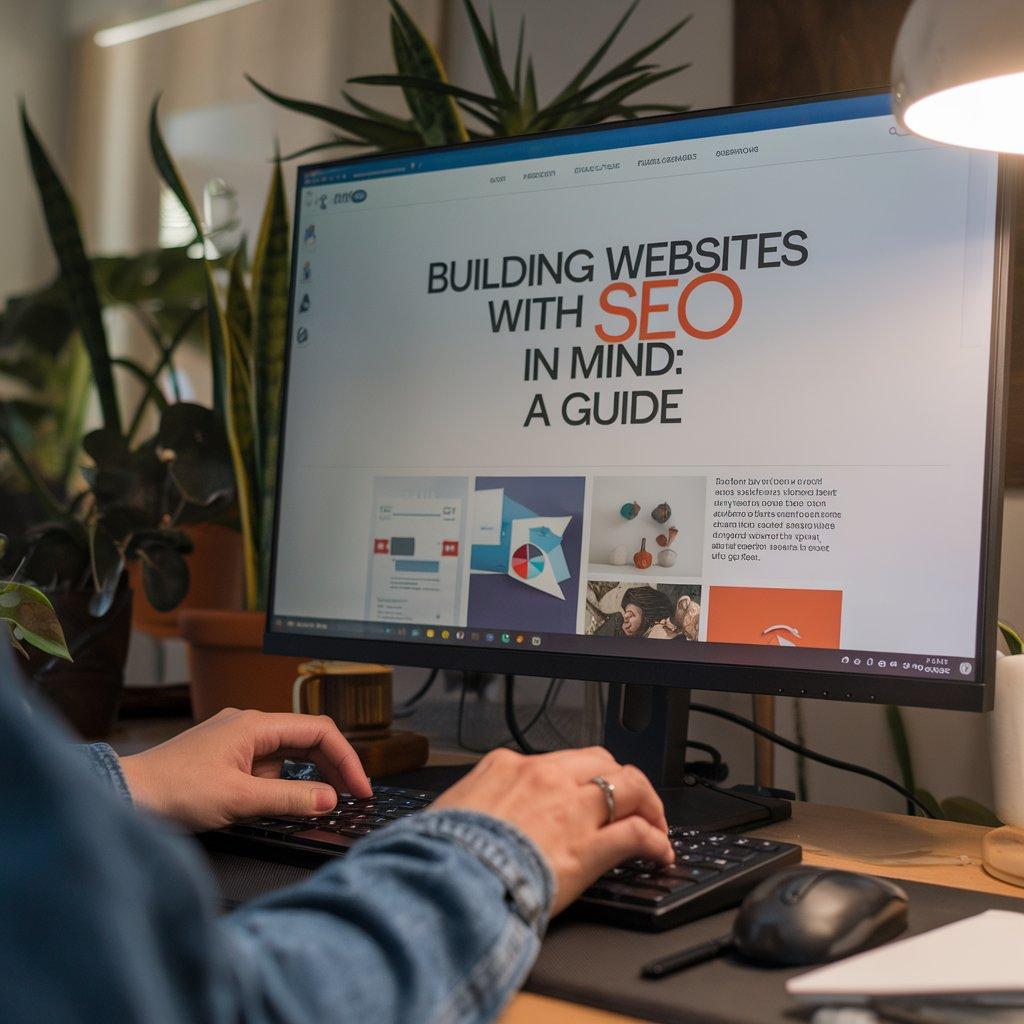In today’s digital world, websites are more than just an online presence—they’re key tools for attracting and retaining customers. If you want your website to succeed, you need to build it with SEO in mind. In this guide, we’ll break down the essential steps and best practices for developing a website that’s optimized for search engines and user experience alike.
Introduction to SEO and Website Building
SEO, or Search Engine Optimization, is at the heart of any website’s success. It’s not just about adding a few keywords or optimizing your title tags. True SEO starts at the very foundation of your website’s development.
What is SEO and Why It’s Crucial for Websites?
SEO helps your website appear in search engines when people are looking for products, services, or information. The better your site’s SEO, the higher you rank on Google, Bing, or other search engines. This is why it’s so important to incorporate SEO into your website from the very beginning.
Key Elements of SEO in Web Development
A website with good SEO means faster loading times, mobile optimization, clean code, and effective content strategies. All these factors work together to help your site rank higher. Even if you’re working with a digital marketing agency these elements remain key for your website’s performance.
Step-by-Step Guide to Building SEO-Optimized Websites
Building a website that’s SEO-friendly requires a strategic approach. Here’s how to get it done.
Step 1: Understanding Your Audience and Keywords
Before writing a single line of code or content, it’s crucial to know who your audience is and what they’re searching for.
Importance of Audience Research for SEO
Understanding your audience’s behavior, interests, and needs ensures your site will meet their expectations while also ranking well on search engines.
Keyword Research Tools and Best Practices
Use tools like Google Keyword Planner or SEMrush to discover what keywords people are searching for. Incorporate these keywords naturally throughout your site.
Step 2: Structuring Your Website for SEO Success
The structure of your website plays a huge role in its SEO success.
Creating SEO-Friendly Website Architecture
A clean, simple structure makes it easier for search engines to crawl your site. Organize your content into categories and use internal links to help both users and search engines navigate your site.
Mobile Optimization: A Must for SEO Rankings
In today’s mobile-first world, your site needs to be mobile-friendly. Google even uses mobile usability as a key ranking factor.
Step 3: Implementing SEO Content Strategies
Once your site structure is in place, it’s time to fill it with content that’s not only valuable but also SEO-optimized.
Optimizing Meta Tags, Headers, and Content
Your title tags, meta descriptions, and headers are prime SEO real estate. Ensure each page has a unique title and description that includes your main keywords.
Utilizing Multimedia for Enhanced SEO
Images, videos, and infographics can help make your site more engaging. Just remember to optimize them for faster load times and add alt tags for search engines.
Advanced SEO Techniques for Websites
Want to take your website’s SEO to the next level? Try these advanced techniques.
Structured Data and Schema Markup
Adding structured data helps search engines better understand your site, increasing the chances of getting rich snippets in search results.
Website Speed Optimization: The SEO Connection
Site speed is a major ranking factor. Slow websites not only frustrate users but also lead to lower rankings.
Common SEO Mistakes to Avoid
Even the best websites can fall into common SEO traps. Here’s how to avoid them.
Poor Website Structure and Navigation
If your site’s structure is confusing or cluttered, both users and search engines will struggle to find what they’re looking for.
Ignoring Mobile Optimization and Speed
Failing to optimize your site for mobile users or neglecting site speed will severely impact your rankings.
Conclusion: Long-Term SEO Strategies for Websites
Building an SEO-optimized website isn’t a one-time task. It requires ongoing updates, content improvements, and technical tweaks to keep your site ranking high and your users happy.
FAQs on Building SEO-Optimized Websites
Why is SEO important for website development?
SEO ensures that your website can be easily found by search engines, driving organic traffic to your site.
How can I start building an SEO-friendly website?
Start by researching your audience, structuring your site properly, and implementing good on-page SEO practices.
What are the most common SEO mistakes when building websites?
Common mistakes include poor site structure, neglecting mobile optimization, and failing to optimize for speed.
How often should I update my website for SEO purposes?
SEO is an ongoing process, so make updates regularly to stay relevant and maintain your rankings.
How does a digital marketing agency help with SEO?
A digital marketing agency can provide expert guidance, helping you with keyword research, content strategies, and technical SEO.



More Stories
Automate Your Dental Clinic using Appointment Systems
Understanding KMSPico: A Comprehensive Overview
Discover the Best Home Security System Deals